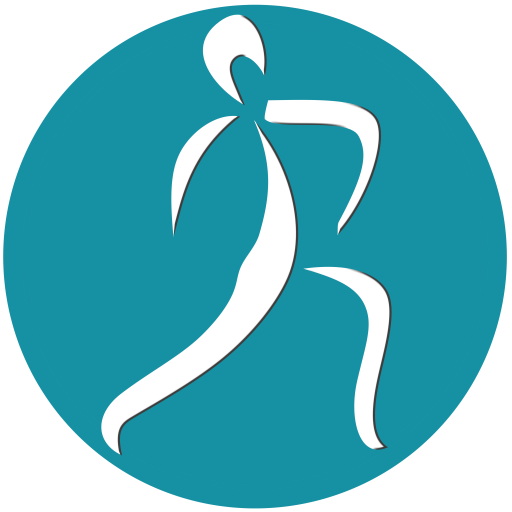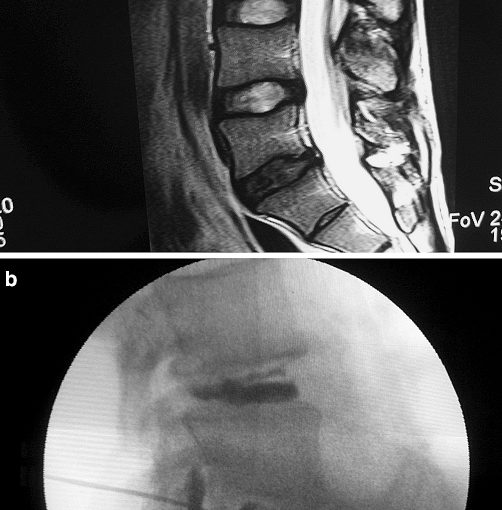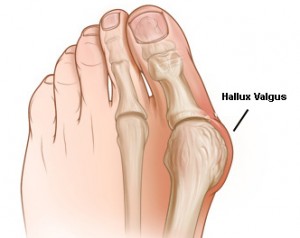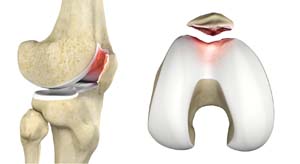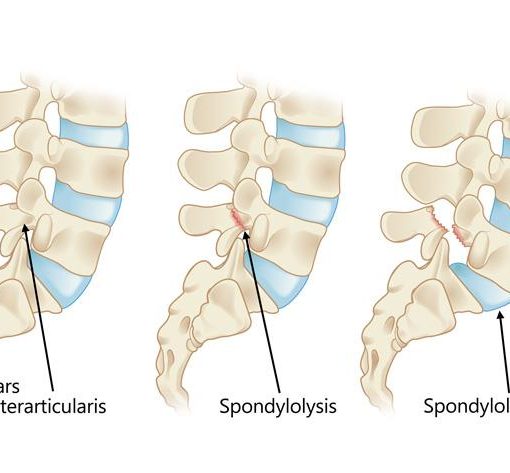The dorsal or thoracic region of the spine is the part that is located between the neck and the waist and has twelve vertebrae, to which each vertebra is connected by a pair of ribs on both sides and front. Defects in this area also directly affect the chest.

Pain in this area occurs on the vertebrae and sometimes on the muscles that have a mechanical or neuromuscular connection with the vertebrae, and sometimes due to referring pain in to the chest can be confused with heart or gastrointestinal pain.
These problems are usually due to improper sitting position on the floor or behind the desk and often due to prolonged hunching.
Sometimes in plain radiology of the spine, a lateral deviation of the spine is also seen, which is called “scoliosis”. Scoliosis is often very mild, and exercise and sometimes spinal braces are sufficient. Scoliosis is often due to growth defects of the vertebrae and its asymmetry and is not related to poor posture.
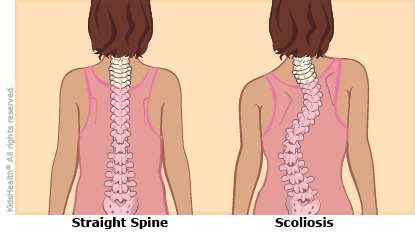
In cases of severe scoliosis of the spine, in which the person suffers from severe chest deviation as well as impaired heart and lung function, corrective surgeries can be used, which are very costly and are considered to be very difficult operations.
Simple back pain can be relieved with manipulation or massage. The manipulation is performed by physical medicine and rehabilitation specialists and consists of special pressure movements that are given to the vertebrae in the right directions and with the right intensity, and often a special click is heard in the vertebrae and the person feels comfortable.
Exercise, posture correction, proper ergonomics, short-term braces to correct posture, and musculoskeletal learning are the only long-term proven ways to reduce pain and correct deformity in the back.
In the Rehabex mobile app, you can view and practice the corrective exercises for scoliosis as well as back pain.
Prepared by Rehabex team
